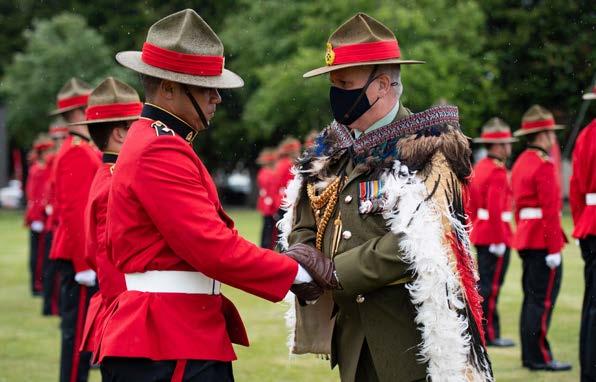
6 minute read
HADR effort in Tonga
NZDF SUPPORT TO TONGA CONTINUES TO DELIVER
The New Zealand Defence Force has provided Tongan communities with more than half a million litres of fresh water and continues to transport muchneeded aid.
The NZDF has deployed ships, aircraft and personnel – including Army engineers – to assist with the response following the eruption and tsunami in Tonga on 15 January.
NZDF activities are being carried out in line with Tonga’s Covid-19 protocols, with deliveries of relief supplies being completed without making physical contact with Tongan communities.
Group Captain Nick Olney who is in charge of the relief effort said the NZDF was ready to help with Tonga’s response, as directed by Tongan authorities. “We have carried out much-needed deliveries of aid and have produced water for Tongan communities. Our work here is being completed in line with Tonga’s Covid-19 protocols which is a critical outcome for both ourselves and the people of Tonga.’’ Royal New Zealand Navy ship HMNZS Canterbury sailed to Nuku’alofa and took over water production from HMNZS Aotearoa which left Tonga after assisting relief efforts for about a week.
HMNZS Canterbury, with the Army’s Ship’s Amphibious Load Team on board continued water production. Fresh water generated by the Navy ships now exceeds 500,000 litres. Desalinated water has been fed from the ships into tankers based on the wharf at Nuku’alofa.
HMNZS Canterbury also offloaded relief supplies including milk powder, tarpaulins, ladders, water pumps and personal protective equipment in a contactless delivery onto the wharf at Nuku’alofa. The supplies remained quarantined on shore for 72 hours before being picked up for distribution by Tongan authorities.
As Army News went to print, quarantine protocols in Tonga meant the Army engineers have not been able to deploy on-shore. The team have used their time on-board to conduct a range of training activities including drills utilising Canterbury’s RHIBs.
A soldier sanitizes donations loaded onto the wharf at Tonga.
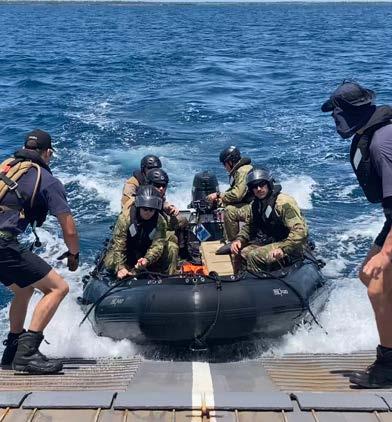
MIQ withdrawal on the horizon
By Chief of Army, Major General John Boswell
By now you all will have seen the Prime Minister’s announcement outlining the changes to how New Zealand’s border will be managed, with increasing numbers of travellers being able to self-isolate and a decreasing reliance on the MIQ system.
As part of that announcement, the Prime Minister indicated that the NZDF will now begin withdrawing from MIQ. The Chief of Defence Force welcomed the announcement in an internal message to NZDF personnel and acknowledged the dedication of those who have supported the Op Protect commitments to date.
I want to add my thanks to each and every one of you who has served on Op Protect. This deployment has been one of the hardest to sustain in recent times, and has had a profound effect on both the people and capabilities of our Army. Army has carried the bulk of the NZDF’s support to Op Protect and we have all felt the weight of this commitment. It is right therefore, that you all take pride in what you have achieved on behalf of our nation.
This has been a long patrol, no question, and whilst there is light at the end of the tunnel, there is still a requirement to complete the task in an appropriate and professional manner. And I know you will. Please know that we are working hard to understand the timeline for the drawdown, and ultimate withdrawal, of MIQ support. As soon as this is confirmed you will be informed. In parallel with this the Land Component Commander will firm up Army’s regeneration planning and we will look to commence this at the first opportunity.
For now however, we must continue to deliver our Op Protect commitment with the professionalism you have shown to date. Our future though is becoming clearer and as we get back to our core business, gear up our training, and bring the fun back in to soldiering we’ve got to make sure we take every opportunity that is presented – and we will. Finally, it would be remiss of me to thank our soldiers for their service to Op Protect without acknowledging the commitment of our families. I know this has been an incredibly disruptive couple of years, that the demands placed on the families and loved ones of our personnel have been particularly hard. Please accept my most heartfelt thanks for your continued support of your soldiers, and to our Army. We cannot do this without you.
NEW RESERVIST MEDICS IN TRAINING
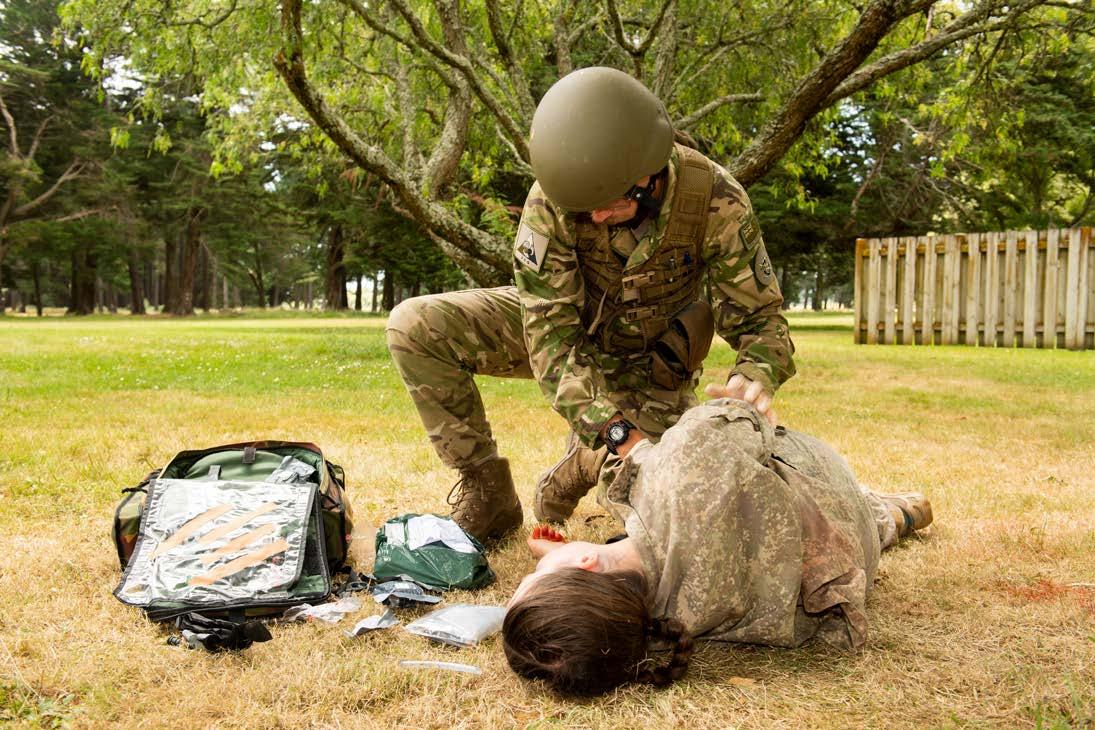

The Army has 20 new Reservist medical trauma specialists who are on their way to becoming a valuable deployable asset.
The Reservists come from a variety of backgrounds, including Medical School students, nurses, scientists and paramedics, and trained at Linton in an inaugural course in January.
Senior Defence Health Organisation medic Staff Sergeant Mark Anderson who designed and led the course says while the Army has had Reserve Combat Medical Technicians (CMT) the Royal New Zealand Army Medical Corps (RNZAMC) has never had a trade model so Reservists could not progress through the ranks or deploy.
The Reservists will continue to train. “We plan to run at least one of the RNZAMC ResF CMT Corps Training per year and also several other training periods to continue to refresh what they have learned and to grow and enhance their knowledge and skills,” says SSGT Anderson. “They now have a career path with several other courses as they progress which is good news for the Army. The ability to essentially make something out of nothing and be able to create a completely new trade for the Army has been a dream come true for me. We now have a set of very skilled and knowledgeable new people within NZDF and this will also allow us to re-integrate our existing ResF CMTs into their new trade and bring their skills and knowledge.”
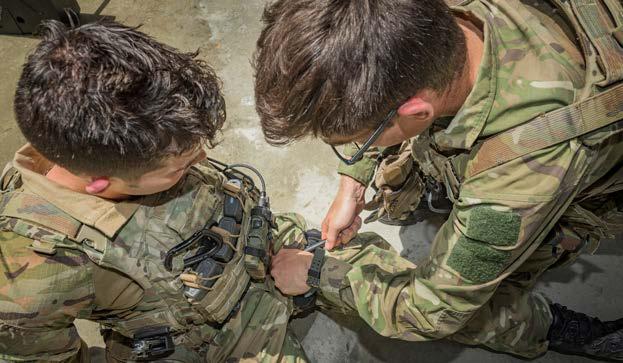
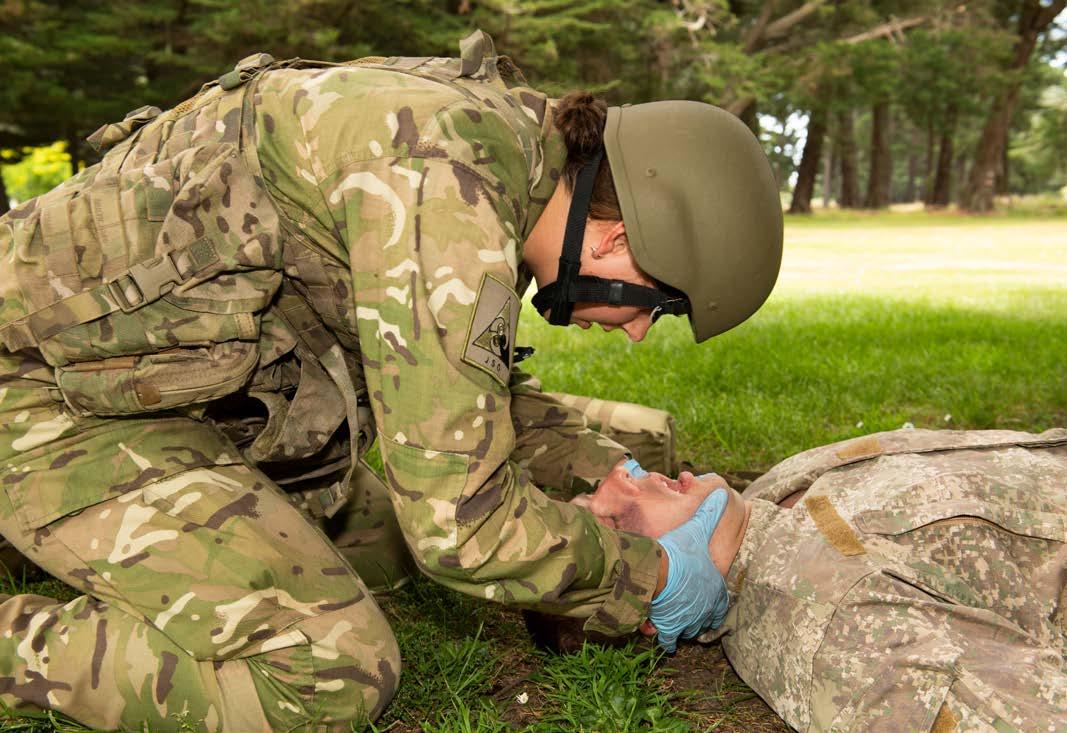
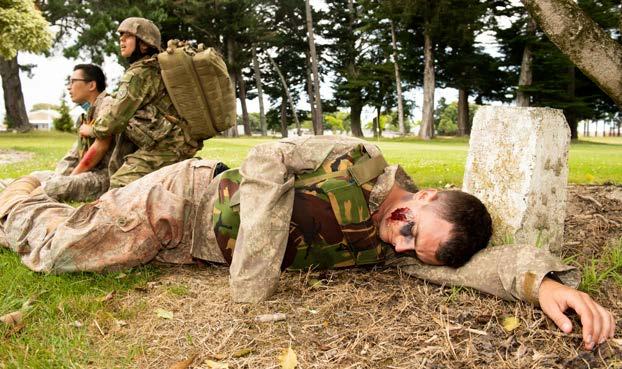
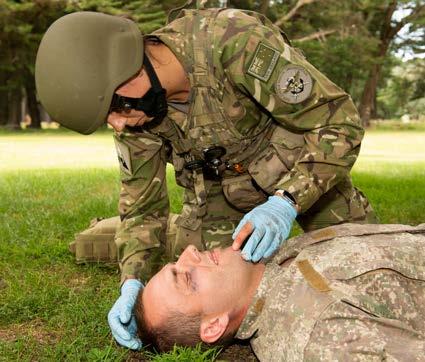
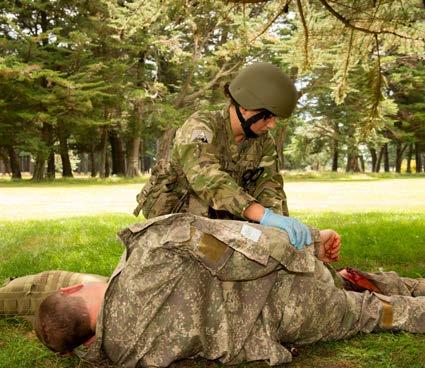
OFFICER CADET GRADUATION
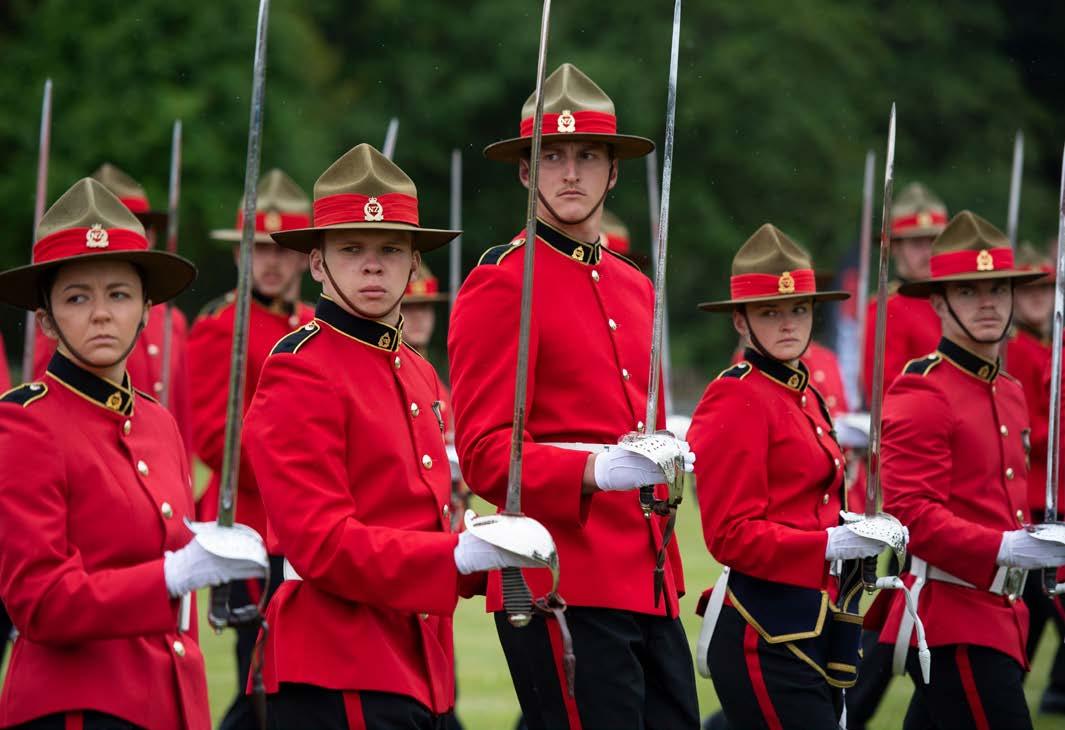
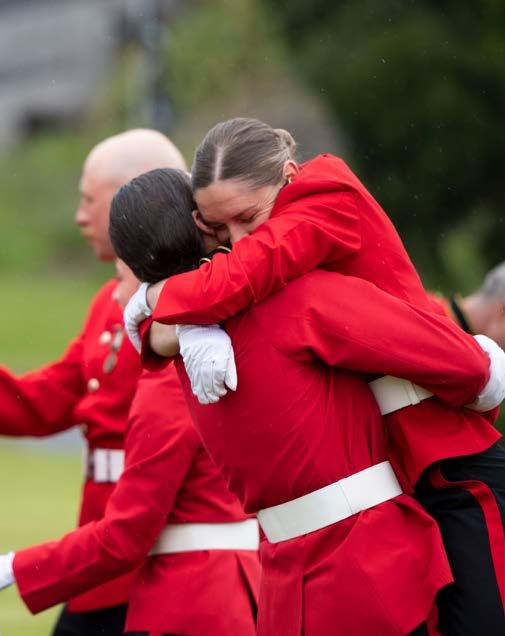
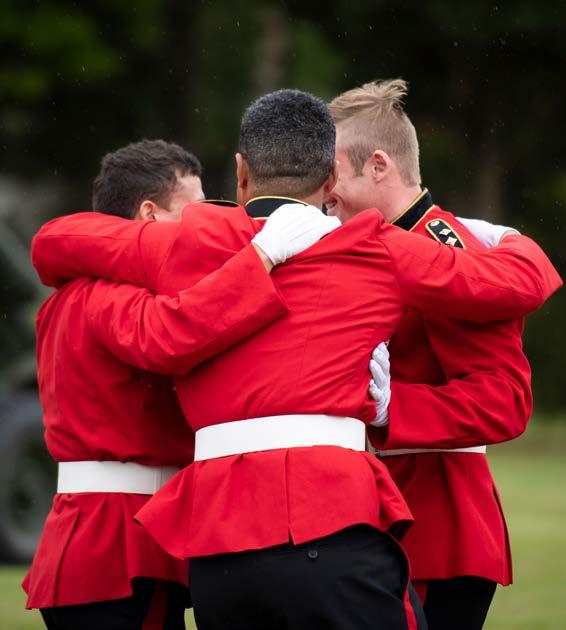
The Army’s newest officers graduated in December last year, in an event that was live-streamed to their family and friends because of Covid-19 restrictions.

The Governor General, Dame Cindy Kiro reviewed the graduation parade, and the Chief of Army, Major General John Boswell was also present.
The Sword of Honour, which is awarded to the Officer Cadet who best displays the qualities of leadership, initiative, integrity, motivation, academic ability and physical fitness, and who is assessed as having the greatest potential as an Army Officer, was presented to Officer Cadet Elese Russell. Other prize winners included: The Military History Trophy Officer Cadet Kyle Wilkinson The Lieutenant Colonel John Masters Peers Award
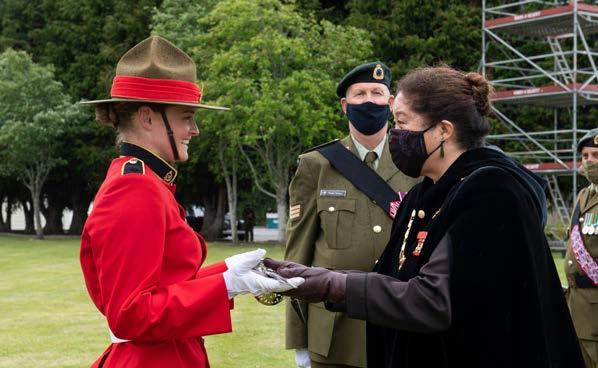
OCDT Robert Bisquera Commander Training and Doctrine Commands prize OCDT Kyle Wilkinson The Sergeant Major of the Army’s prize OCDT Sam Trotter The Australian Chief of Army’s prize for Tactics OCDT Sam Trotter The Lieutenant Tim O’Donnell, DSD Memorial Leadership Award OCDT Jared McMahon The Sultan of Brunei’s prize OCDT Semisi Toki The Governor General’s medal
Officer Cadet Kyle Wilkinson
Dame Cindy presents the Sword of Honour to OCDT Elese Russell.
